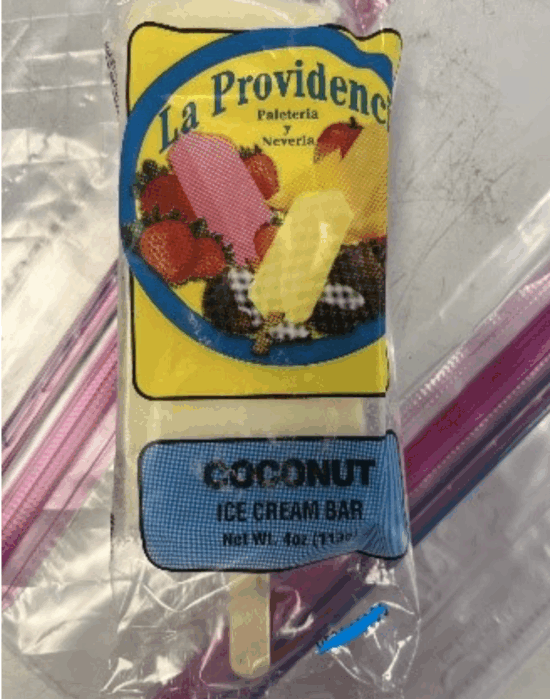There is a low rate of bacterial contamination in frozen berries, according to a study in Switzerland.
However, researchers warned that such products may pose a risk if they are consumed without a heating step and not immediately after thawing.
From November 2024 to January 2025, 100 frozen berry samples from eight retailers in Zurich were analyzed. One-third were labeled organic and 96 contained imported berries.
According to a study published in the Journal of Food Protection, samples included raspberries, blueberries, strawberries, blackberries, redcurrants, and berry mixes, with some containing blackcurrants or sour cherries.
All samples were tested qualitatively for Salmonella, Shiga toxin-producing E. coli (STEC), and Listeria monocytogenes, and quantitatively for E. coli and members of the Bacillus cereus group. Extended-spectrum beta-lactamase-producing Enterobacterales (ESBL-E) were also screened.
Bacterial risks
Salmonella, STEC, and Listeria were not detected. E. coli counts remained below detection limits. Bacillus cereus group members were present in 12 percent of samples. ESBL-E were found in two samples of Egyptian strawberries.
Fresh and frozen berries have previously been identified as the source of foodborne illness and linked to outbreaks of viral (norovirus and hepatitis A virus) and parasitic pathogens like Cyclospora. Viruses have a lower infectious dose than bacteria.
Scientists said the role of frozen berries in transmitting bacterial pathogens was underexplored. Storage temperature of −18 degrees C (-0.4 degrees F) prevents bacterial growth. However, frozen berries are commonly used in smoothies, desserts, and other ready-to-eat products without a heat step.
The population concentration in samples was below the estimated minimum infectious dose of Bacillus cereus. Researchers said proper handling remains essential after thawing, as viable bacteria can resume growth under favorable conditions — if berries are stored only at refrigeration temperatures, not consumed promptly, or not sufficiently heated.
Detection of Bacillus cereus sensu stricto Thuringiensis is likely due to the use of biopesticides in organic and conventional farming. Its role as a food safety hazard is still unclear.
Isolation of two ESBL-E from berries points to potential fecal contamination somewhere along the chain of cultivation and further processing.
“Our findings support the inclusion of microbiological criteria for frozen berries within HACCP systems and routine food safety testing to enhance monitoring and ensure appropriate risk management,” said scientists.
(To sign up for a free subscription to Food Safety News, click here)



